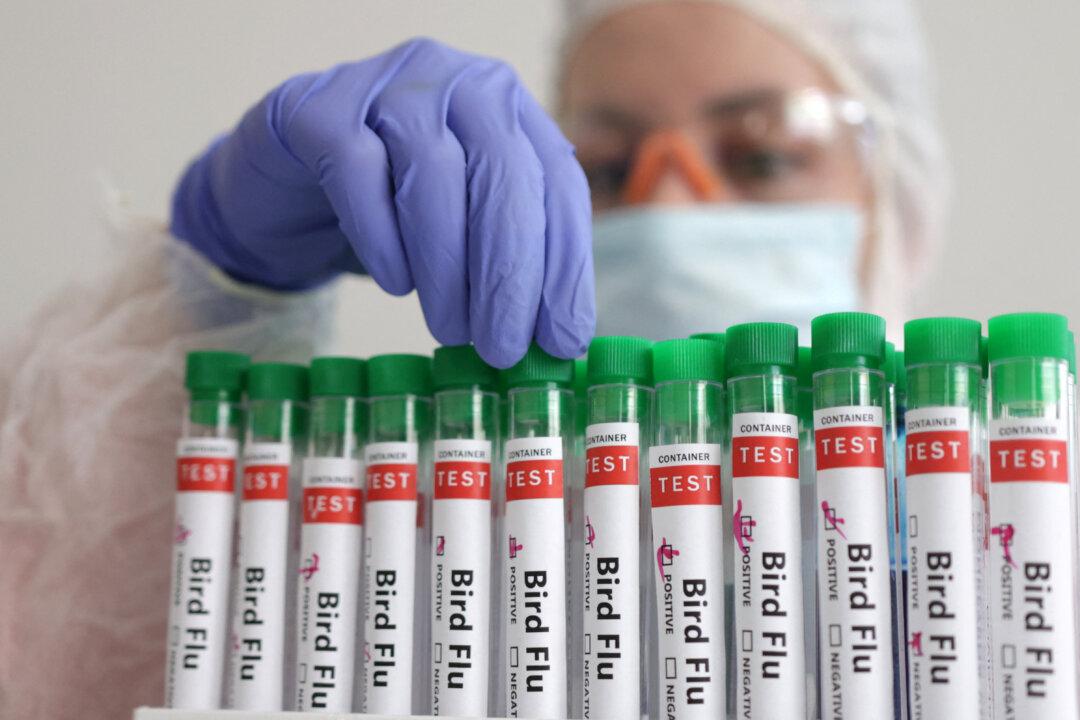SYDNEY—Paramedics with jetpacks, border police in flying cars, and city workers commuting by drone all sound like science fiction—but the concepts are part of an advanced air mobility (AAM) market that is expected to be worth as much as $17 billion by 2025.
As urbanization leaves city streets congested and advances in technology allow for vehicles considered impossible just decades ago, using the sky for small-scale aircraft has become increasingly attractive.





